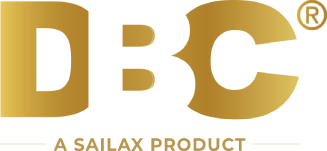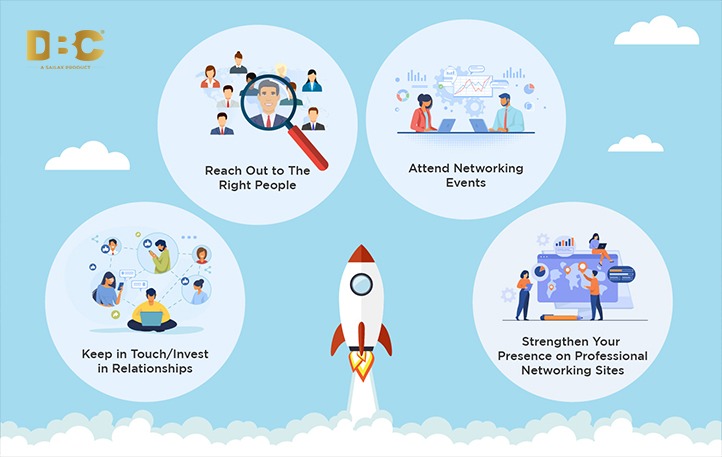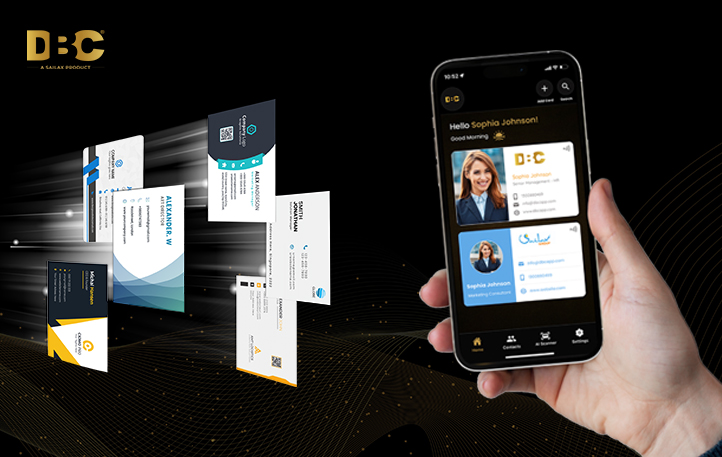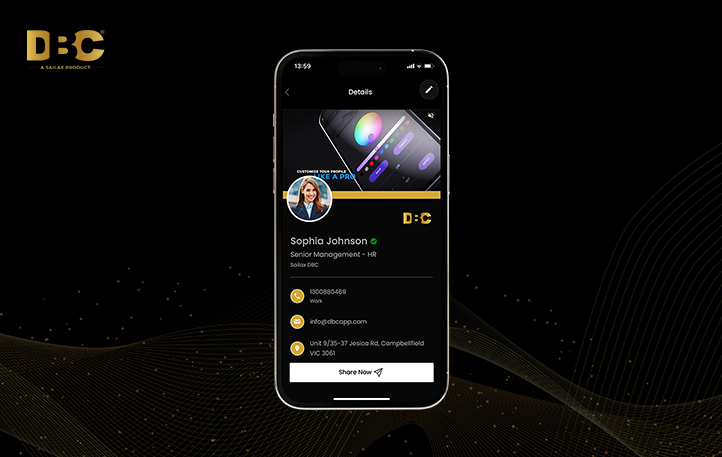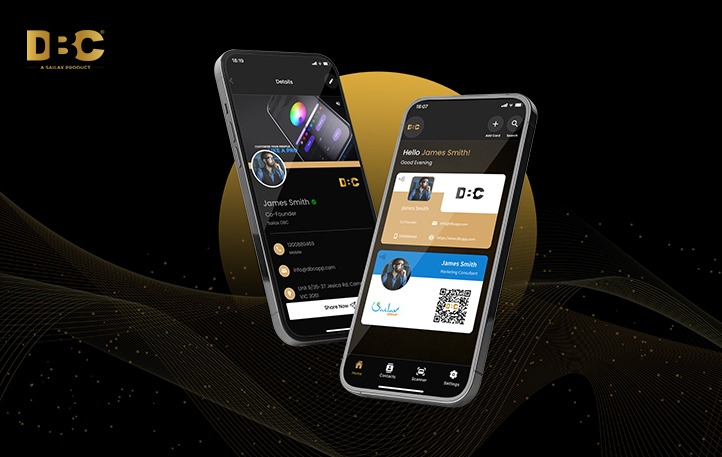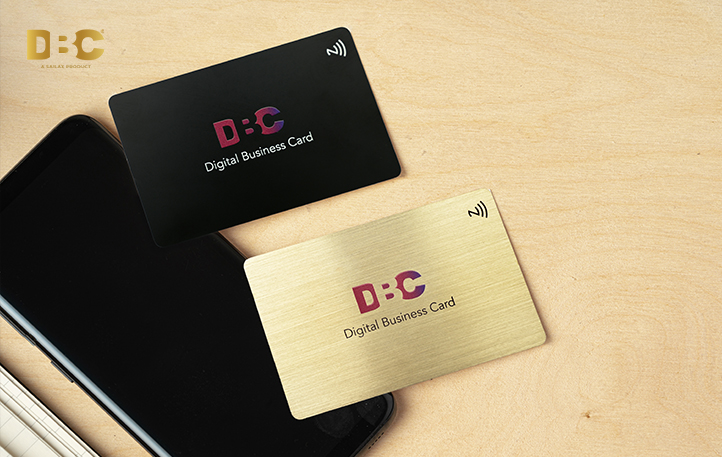Mastering Success: The Key to Cultivating Professional Relationships
Discover the potential of professional connections and master the art of creating them with the help of the DBC (Digital Business Cards) app.
In the fast-paced world of modern professionals, the significance of forging robust and meaningful connections is undeniable. Whether your goals include advancing your career, embracing fresh opportunities, or simply expanding your knowledge, nurturing professional ties is a fundamental skill. It’s a skill that unlocks opportunities and propels you toward triumph.
The following blog will delve into the art of establishing professional connections. We’ll explore their vital importance, unravel the secrets of building sturdy relationships, and tackle common challenges. Let’s embark on this journey together.
The Significance of Professional Connections
Before we dive into the mechanics of establishing professional connections, it’s crucial to understand why investing in these relationships is worthwhile. Crafting a strong professional network can offer a multitude of benefits, including:
i) Fast-Track Your Career Progress
Professional connections are like keys that can unlock a world of opportunities. They have the power to introduce you to new prospects, endorse your skills, and guide you towards doors you might not find otherwise.
ii) Expand Your Knowledge Horizon
Engaging with professionals from diverse backgrounds and experiences is an excellent way to broaden your understanding. It exposes you to fresh ideas, varied perspectives, and a wealth of knowledge you might not encounter otherwise.
iii) Hone Your Communication Abilities
Communication skills are like muscles that strengthen with exercise. By nurturing professional connections, you can enhance your communication and interpersonal skills through real-world interactions.
iv) Discover Mentorship Opportunities
Within your professional network lies the potential to find a mentor. These relationships offer invaluable guidance and insights to help you reach your career aspirations.
Creating Strong Professional Connections
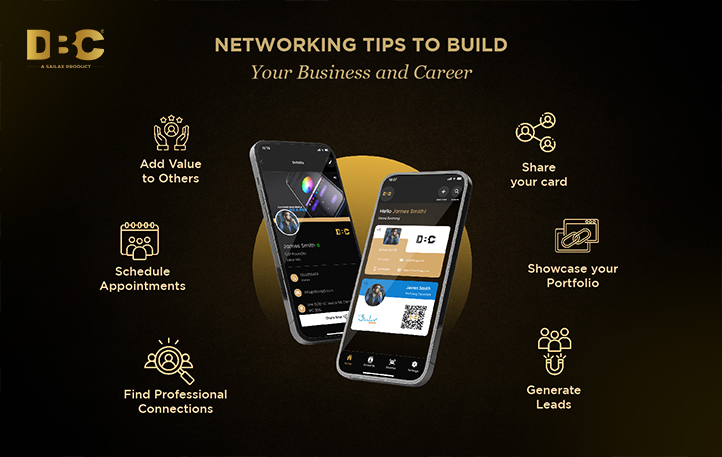
In the world of networking and professional relationships, it’s easy to get lost amid a sea of advice. First and foremost thing is to start with business cards online i.e. DBC digital business cards. This change from visiting cards to virtual business cards will impact your networking purely. From enhancing your communication skills to efficiently managing your connections, there’s a wealth of information available. To ensure you don’t feel overwhelmed, we’ll begin with the fundamentals.
Whether you’re just starting or aiming to optimize your networking efforts, here are the key steps to forging robust professional connections.
1. Set Personal Objectives
Networking without clear goals is like navigating without a map. Without knowing what you intend to achieve, it’s challenging to create a plan, gauge your progress, or recognize when you’ve accomplished your objectives.
If you’re unsure where to begin, start with achievable goals. Challenge yourself to introduce, for example, to a certain number of new contacts, attend a set quantity of networking events, or establish a specific number of fresh connections. The options are numerous, but select the one that resonates with you.
Some individuals may encounter hundreds of new contacts annually, while others might feel more at ease with the goal of making one or two meaningful connections. Your objectives can evolve as your networking journey progresses, but setting unrealistic goals can be demotivating. Start with goals that empower rather than overwhelm you. Business cards online are the best way to start with and DBC ensures the simple and elegant digital business cards to start with.
2. Exchange Contact Information and Organize Your Network
Building connections requires more than just a handshake; it involves a convenient method to stay in touch. This step involves two key aspects: sharing your contact information and ensuring you receive theirs, and effectively storing and managing these details. Fortunately, there’s a straightforward solution, and it doesn’t involve just swapping phone numbers and manually entering them into your contacts app.
Digital business cards provide a versatile way to create information-rich cards that can be shared both in-person and online, making networking effortless. But it doesn’t stop there; these digital cards allow recipients to reciprocate by entering their details, which are then seamlessly added to your intelligent address book. This platform enables you to make notes, use tags for sorting your connections, and much more.
If you’re not sure why this is such a big deal, there are numerous reasons we could share, but we’ll leave you with these three:
- First impressions count in professional relationships, and paper visiting cards appear outdated, while swapping phone numbers can look messy.
- You can’t always rely on someone else having a business card to share. Using a digital business card empowers you to collect their information, whether they came prepared or not.
- Random phone numbers and names in your contacts app are almost certain to get lost. Having a smart address book with extensive organization options sets you up for success, especially when managing multiple connections.
3. Prepare your pitch
We’ve mentioned it before, and it’s worth repeating: first impressions are significant. Your initial introduction can shape the future of your professional relationships.
If you’re not comfortable with spontaneous introductions (like most of us), it’s a great idea to craft an elevator pitch for yourself. Having a prepared pitch can ensure that you present yourself in the best possible way and can ease any nervousness you might feel when making introductions.
4. Connect both online and in person
The professional landscape is evolving, with work taking place both face-to-face and in the digital realm. Networking follows suit, with numerous opportunities available for connecting with others, be it in physical networking events or online on platforms like LinkedIn and Bumble Bizz, among others.
As you navigate your networking journey, it’s beneficial to adopt a hybrid approach. Seek out local, in-person events to establish connections within your community, but also recognize the potential for valuable connections online. DBC virtual business cards can be a game-changer for you.
5. Consistent follow-up
A prevalent networking oversight is the neglect of follow-up actions after the initial meeting. Remember, your first encounter is just the start of a budding professional relationship. To strengthen and solidify the connection, send a follow-up message or email within a few days. Show your appreciation for their time and reference a specific topic from your conversation, demonstrating your engagement and interest. This practice not only reinforces your initial interaction but also paves the way for future engagements.
6. Embrace the long-term approach
Networking doesn’t yield instant outcomes. You can’t anticipate immediate favors or time from someone you’ve just met. Every networking relationship requires time to cultivate and evolve into a mutually beneficial, trustworthy connection. Although quick results might seem appealing, and it’s tempting to hurry into requests, it’s crucial to recognize that the most valuable relationships demand patient development.
7. Provide value
Networking isn’t just about what you can acquire; it’s also about what you can contribute. Be a valuable resource to your connections. If you come across an article, event, or opportunity that could benefit someone in your network, share it with them(DBC digital business cards ensures this hassle-free arrangement). Offer your assistance or expertise when appropriate. Being helpful and generous can establish you as a memorable and trusted contact.
8. Seek help strategically
While you should always aim to be a resource, networking is a two-way street. Don’t hesitate to ask for assistance or advice when needed. Yet, there’s a skill to making requests in a polite and efficient manner.
Be clear about what you’re seeking, maintain a professional and respectful approach, and never assume a positive outcome. Show appreciation for their time, effort, and expertise, both when making the request and after receiving assistance.
9. Recognize when to disagree
Not every connection will evolve into a meaningful or mutually beneficial relationship. It’s essential to recognize when it’s time to disengage from a networking connection that isn’t progressing as you’d hoped. There’s no need to sever ties, but it’s wise to redirect your energy toward connections that better align with your networking and career objectives.
Networking offers numerous benefits for your career. With a well-structured networking plan and a focus on professional connections, you can unleash the full potential of expanding your network.
Mastering the art of professional networking and building strong connections is a valuable skill that can significantly impact your career. As you embark on your networking journey, remember the power of virtual business cards and conducting your networking activities online.
Unlock the full potential of your network with our innovative DBC app. Join us today to experience a seamless way of exchanging business cards online and take your professional connections to the next level.
